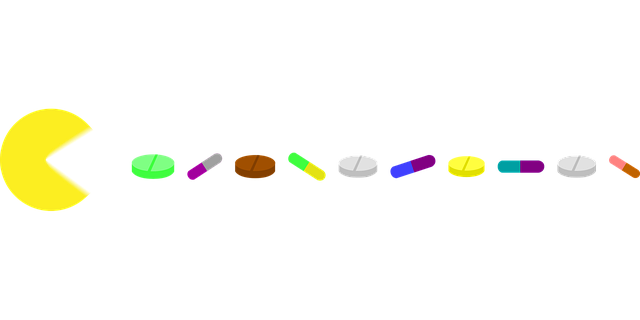An interesting article titled “Factors influencing opioid prescribing after tooth extraction,” appears in the Journal of the American Dental Association written by Douglas R. Oyler and et al. (published June 9, 2022). The article seeks to look at specific characteristics that infuence opioid prescribing after tooth extractions to help potentially lead to less opioid that are uncessarily prescibed. The subect of opioids and wisdom teeth extractions has been covered on this site frequently before, see for example the posts, Record Numbers Predicted to Die from Opioids in the US and Dentists Overprescribing Opioids to Adults in the U.S.. Patients in the U.S. are often first exposed to an opioid prescription from a dentist or dental care provider. Even so nowadays many dentists recommend nonopioid analgesics as the first option against pain reflief.
In the article the authors reviewed records from patients 12 and older who had a tooth extracted in Kentucky from 2013 through 2020 and were given an opioid prescription after the extraction. From this the authors found 44,387 records were a total of 10,628 patients (appromixmately 1 in 4 patients) that were given an opioid prescription after having a tooth removed. The reason for the prescriptions were due to surgical extractions, extractions with sedation, and multiple teeth being removed. The factors that were found to be associated with an opioid prescription included when patients had also been given a nonopioid pain reflief prescription, when patients had been given antiobiotics, when patients had surgical extractions, when patients had been given sedation, and when patients had wisdom teeth extracted and particularly so when more than one tooth was extracted.
Thus the study appears to show that dentists consider the type of procedure when deciding to write an opioid prescription after a tooth extraction. Being aware of this could mean that evidence based guidelines around the clinical context of the type of extraction could help dentists understand when best to prescribe an opioid after removing a tooth. For example, this could show that more extensive and invasive tooth extractions are more in need of sending the patient home with opioid prescription. An interesting finding is that an opioid prescription was often also given with another non-opioid prescription. The clinical rationale for this is not clear but may indicate that opioids were prescribed as needed and as a secondary option if the first pain relief option was not enough.
The authors also found factors that decreased the risk of being given an opioid prescription after tooth removal. This included observing a descease in opioid prescripitions after 2018, noticing a decrease in opioid prescriptions when a student or resident performed the extraction, and also noticing a decreased in opioid prescriptions when the tooth was extracted on a Friday. It is noted that state legislation regulating opioid prescriptions went in law in 2018 in Kentucky. It is also noted that dental schools have tried to highlight the opioid crisis in recent years and thus younger dentists still in school or residency head these warnings.

By identifying the factors that influence whether an opioid will be prescribed following a tooth extraction additional studies can be focused on changing provider habits and evaluate any barriers that may be in place to prevent change.
